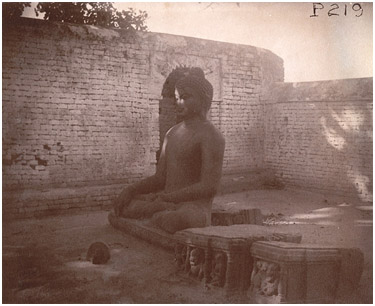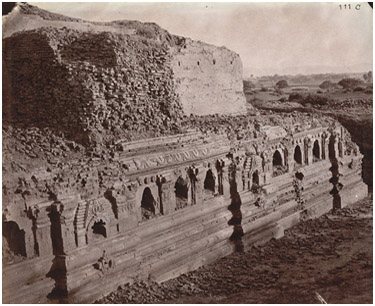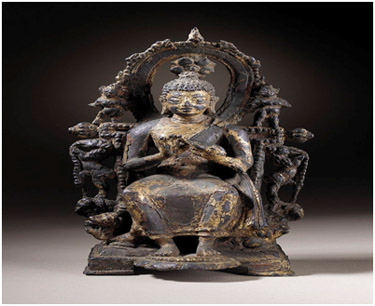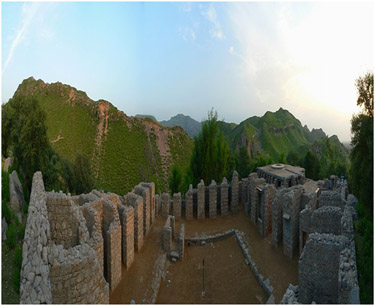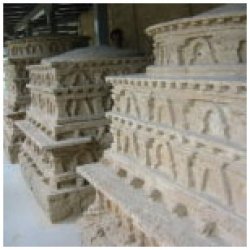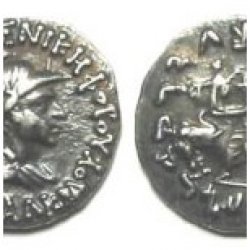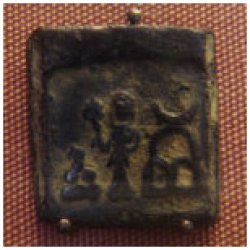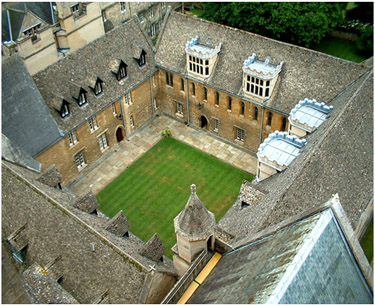GAV SEVA
SOHAM ADYATMIC TRUST helps poor Adivasi Farmers to get cows/bullocks free of cost for their better future and livelihood. Our trust have served over 9 districts in Gujrat. Till the date SOHAM ADHYATMIC TRUST have given 4000 bullocks in various districts like:
- CHOTA UDAIPUR
- VADODARA
- NARMADA
- BHARUCH
- TAPI
- SURAT
- DANG
- NANDURBAR
- PANCHMAHAL
With the help of these bullocks organic farming is being done in 1 lakh acre. The cost of 5 crore has been reduced for cattle depot, PANJRAPOLE every year. The costly fuel is saved because of farming by bullocks. The crores of national capital is saved due of this. These bullocks are very healthy and strong which can work in field for 10-15 yrs, so can be helpful to 2 generation of farmers. The cost of cow or bullock is 40,000 and cost for maintenance is 10k per animal so that 50k charity or donation is required and needed. Wooden cart for farmers cost 60k which can be helpful for farmers for 60-70yearss. For this 60k donation or charity is required per unit.
| 50 acre land costs | 1,0000000 INR |
| Cattle shade and go down costs | 4,000000 INR |
| Water supply regarding bore well, tank etc. | 1,000000 INR |
| Staff quarters | 5000000 INR |
| Fencing | 2000000 INR |
| Various machinery, equipments and tools | 5000000 INR |
| Salary and wages to the staff | 5000000 INR |
The aim is to conserve 10K cows. Quality of Land can be improved well due to the cows as well as the water quality can also be improved. Due to organic food whole society can get benefit, which one is praise worthy.
Lord Krishna left Mathura due to fulfill the desire of Jarasandh who devoted him with enmity. He kept the residence all the royalists (Rajpurush), his relatives and followers in the capital but there was no place to keep his beloved cows and the cowherds in the middle of the sea (Dwarka). They were kept apart from lord Krishna. Feeling themselves miserable the cows and cowherds started to move in the direction where lord shri Krishna went considering them selves orphan. Bearing the great grief of separation the cows and cowherds came across lord Krishna in the great forest of jal and ker trees.
After visiting lord Krishna the cows and cowherds became so ecstatic that they were unaware of day and night. Thus three days have been passed then Uddhavji proposed to handover the service of looking after the cows to Aniruddh (son of Prdhyumn) and reminded lord Krishna to start the other religious work which were remained uncompleted. Lord Krishna said to Uddhavji, “brother, when I visited the cows and the cowherds in this holy land I felt so ecstatic that I was unaware of day and night. There is nothing but only pleasure here. I didn’t get such a pleasure here. It is the forest of pleasure.” Thus the forest named Anandvan (the forest of pleasure). Now the land again got its name “Anandvan”.
According to the command of lord Krishna, Aniruddh made Anandvan the centre of cows and cowherds and then decentralized the area for the protection of cows from Marwar to Girnar, on the bank of holy river Sarswati, Sindhu and Banas where there was a vast area of pasture there remained pasture (meadows) for thousands of miles. The cowherds started the great work of cow’s protection, cows rearing and increasing of cows on the banks of holy rivers. Finding the company of lord Krishna again the descendants of the cows Surbhi, Nandini and Kamdhenu became fearless and contented. The requirements of cows and cowherd farmers were easily fulfilled by the natural grass in the thousands of acres of land between the river sindhu, banas and the vast sea where the crops of wheat, bajra, jawar, maize, barley, moth, mung and matira etc. were flourished. Lord Krishna used to donate hundred thousands of cows to the other cow rearing kings and Brahmins
After lord Krishna’s going to (Swadham) his abode, so many natural calimities occurred on this land air and fire gave up their dignity. The result was that the city Dwarikapuri surrounded by sea and the pastures, situated between Sindhu and Banas were covered with water. After that holy work of cows protection and increasing of cows was again started by the dynasty of lord Krishna and Brahmins on the very land after two thousand years. This important work of cows protection, increasing and rearing cows was started on a large scale with millions of cows by the Bhati of Thar, Sodha Rajput, Rajpurohit and Choudhary in Marwar and Ahir, Bharwar, Kachhi and Patel in Kathiawad. Thus the capitals were founded again between the sea and Banas and Sindhu. The heads of the castes Bhati, Sodha, Jodha, Chauhan, Baghela, Solanky etc. were installed on the thrones of these states. The cowherds folk science was fully invented from Hindukush hills to the confluence of narbda on the edge of the sea. At this time the social and religious leaders started agricultural production on a large scale with the help of oxen. Specially the species of Malwa and Kanan were used. The business of ghee, food grain, gur and sugarcane was flourished well. The production from cows and agriculture like gavya, havya and kavya were exported to the other part of the earth. The people of those lands considered themselves thankful to get those things useful for life. Lord Krishna honored the GOP kings of the land this area was fully prosperous with the providence of Kamdhenu’s descendant cows. These people were followers of Vedic universal religion and perform all the religious rituals in religious method. They constructed large dams, tank, and wells with religious feelings. They considered Kamdhenu as their mother and ox as their father. To sell and purchase of cows was considered a crime. To plant protect and look after the useful trees were considered religious affair. The kings and cowherd farmers were generous, prudent and Kamdhenu scientists. They had the blessing of the saint, great men and hermits of the Himalayas and Girnar because all the persons reared cows. The base of the karmyog, gyanyog, and bhaktiyog as well as different internal yoga and spirituality is mother cow Naturally all the great man of the world was pleased with the cowherds. The rearing of cows was based on the view of nature and divine







